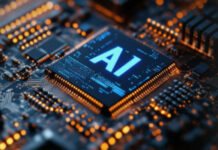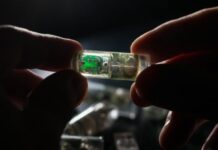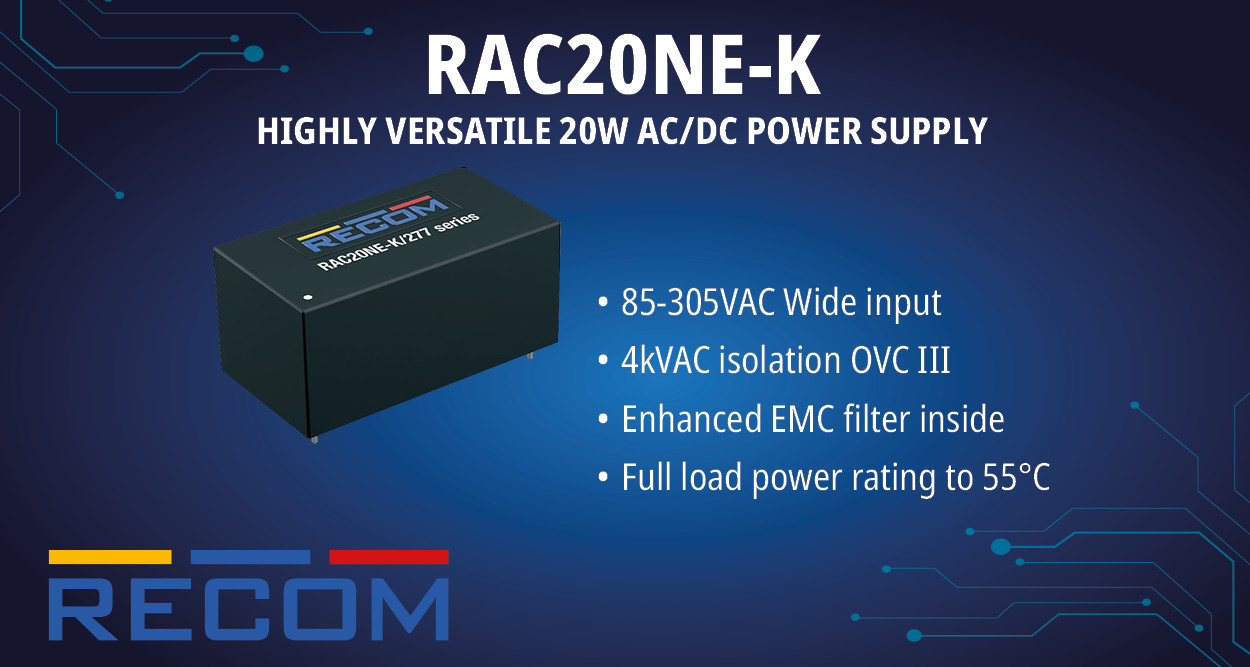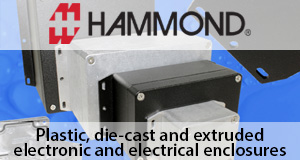As the global population continues to age, healthcare demands are increasing at an unprecedented rate. The need for innovative and more efficient healthcare solutions has never been more critical.
Thanks to advancements in the medical industry accelerated by key technologies such as semiconductors, AI, and moving data processing to the edge, we have innovative devices that make up the Internet of Medical Things (IoMT).
The emergence of this transformative technology offers promising advancements that can improve outcomes, reduce healthcare costs, and optimize operational efficiency for patients and their providers.
What is the Internet of Medical Things (IoMT)?
The Internet of Medical Things refers to a connected ecosystem of medical devices, software applications, and healthcare systems that communicate through the Internet to collect, process, and share real-time patient data.
IoMT devices include wearable sensors, remote patient monitoring (RPM) systems, AR/VR for mental health, over-the-counter hearing aids, and more. By enabling these tools at the edge with AI, IoMT can bridge the gap between periodic doctor visits and personalized and proactive patient care, allowing for more informed medical decision-making.
Benefits of IoMT in Healthcare
IoMT has many transformational benefits for the healthcare industry, which are further enhanced thanks to edge AI. Some of these benefits include:
Improved patient monitoring and outcomes
Real-time data collection from wearable devices and remote sensors allows healthcare providers to monitor patients continuously and intervene proactively, reducing hospital admissions and emergency room visits. For example, AI-powered devices, such as the Medive from CardioMedive, can track vital signs like heart rate, blood pressure, and oxygen levels. This data can then be automated to alert providers to early signs of distress or disease, allowing the physician to send a timely treatment plan back to the patient.
Enhanced Operational Efficiency
IoMT devices can enhance the overall efficiency of operations. By automating routine tasks, intelligent devices can reduce the need for manual data entry and help optimize resource allocation. Caregivers can focus on more critical aspects of patient care, enabling healthcare administrators to manage staffing levels, dependency, and redundancy, reducing patient wait times effectively.
Reduced Healthcare Costs and Barriers
For many patients, healthcare can be inaccessible due to the costs of being seen or unable to make it to appointments. RPM devices reduce that stress on the patients and their care providers by eliminating unnecessary hospital visits. This helps cut healthcare costs significantly while ensuring the patient gets the same effective care at home that they would get from a doctor’s office visit.
In the case of hearing aids, they can cost between $1,000 to $5,000 and typically are not covered by health insurance. More sophisticated advancements in AI chips have led to the development of over-the-counter hearing aid solutions, which help individuals with hearing loss pick up a high-quality alternative hearing aid solution. OTC hearing aids such as the ones by Linner are covered by FSA/HSA plans and can be bought in stores such as Best Buy or Amazon for as little as $100.
Personalized and Predictive Care
IoMT devices can aggregate and analyze patient data to create personalized treatment plans. This approach improves patient outcomes by predicting potential health issues before they escalate.
Real-World Applications of IoMT
Already, we’ve seen IoMT enable smarter, more efficient, and more personalized care. These technologies are especially impactful in elder care, chronic disease management, and medication adherence, where real-time monitoring and automation can significantly enhance quality of life and clinical outcomes. Below are some of the most common real-world applications of IoMT:
Fall Detection and Prevention:
One of the earliest applications of IoMT is fall detection and prevention. In elder care, devices like wearables can monitor patients and detect if they may have fallen. A wearable sensor-based device maintains privacy while providing critical alerts to caregivers in the event of a fall.
Remote Patient Monitoring (RPM)
For some patients, the ability to monitor their health outside of a clinic gives them more independence and accessibility to adequate healthcare. Patients can use IoMT devices to monitor their vital signs and alert their caretaker if anything becomes abnormal. This lets patients manage chronic conditions more proactively.
Sleep Monitoring
Ensuring quality sleep is a critical yet often overlooked component of overall health and well-being. Smart rings have begun to emerge as effective IoMT devices for tracking sleep patterns and identifying irregularities early. These smart rings use sensors to monitor key sleep metrics, including total sleep time, sleep stages (REM, deep, light), heart rate, body temperature, and blood oxygen levels. Some are now beginning even to track sleep apnea, helping users identify it and get effective treatment.
As our technology advances and we implement more practical applications at the edge, these applications will become better equipped to reduce the risk of complications, hospitalizations, and disease progression, ultimately leading to better health outcomes and lower healthcare expenses.
Challenges of IoMT Adoption
While the benefits of IoMT are significant and potentially life-changing, they must address several challenges, including data security and regulatory compliance. Additionally, their usability and practicality can make the patient’s life much easier and more intuitive to help users trust the device.
The sensitive nature of personal health information is not something patients want malicious or unwanted actors to see. IoMT devices must implement the most stringent security to prevent data breaches.
Patients also want to put their faith in a device to capture their health data when needed. They do not want to miss an important detail because their IoMT device ran out of batteries. Implementing more power-efficient IoMT devices will ease the patient’s mind and make their life easier if they don’t have to worry about recharging before bed.
And closely related to the device’s practicality is to ensure the data processed on it is accurate and precise. In the past, vital monitoring sensors on devices such as wearables were prone to inaccurate data due to skin color. More intelligent algorithms and AI have since been implemented to offset this inaccuracy, but the more intelligent a device becomes, the more power it uses. IoMT designers again need to balance intelligent features with practicality.
Fortunately, solutions such as the Apollo System-on-Chips (SoCs) from Ambiq help overcome these challenges with on-device processing for increased security, energy efficiency, and accuracy, helping to make IoMT a feasible solution for patients.
The Future of IoMT in Healthcare
As IoMT technology continues to advance, it’s expected to play a critical role in shaping the future of healthcare. In the coming years, we’ll see the healthcare landscape become more patient-centered, efficient, and data-driven. As the medical industry continues to evolve with the latest integration of AI for IoMT devices, we will begin to see things that were not possible a year ago become a reality for millions of patients.

















